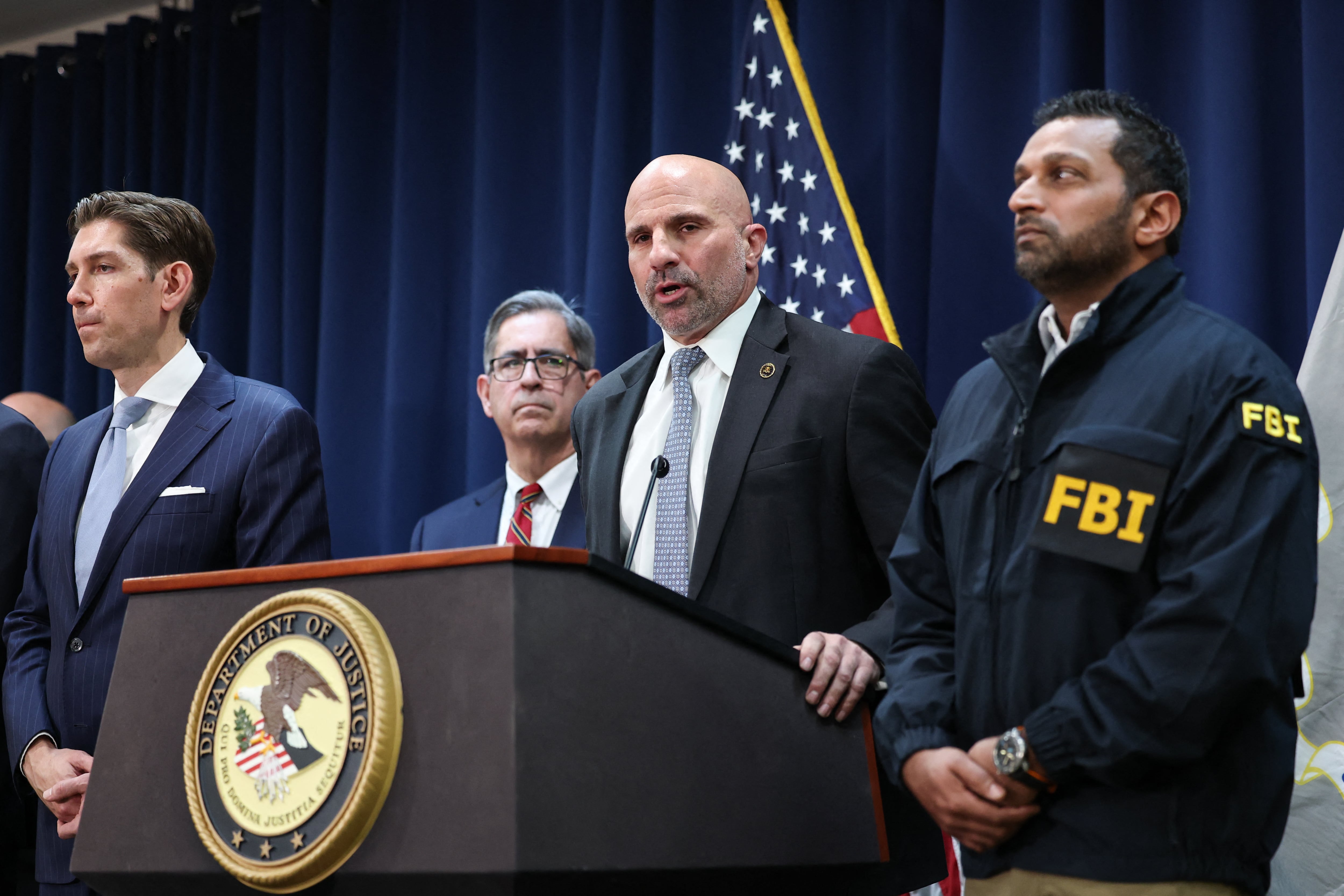Fingal is the fastest growing part of the country and the local authority there sees the region as the one of the main areas for residential development in Dublin in the years ahead.
Stretching from the Meath boundary in the west to Dublin city to the south and the Irish Sea to the east, Fingal saw its population rise by more than a third between 2006 and 2022.
Fingal County Council said this week that given its location close to Dublin city and the space available, its existing population of 330,500 could rise to about 350,000 within the next seven years or so.
The Council said it believed the region had the capacity to facilitate the development of more than 16,000 residential units over the course of its current development plan, which runs until 2029.
RM Block
It said in the first seven months of 2024, work had commenced on more than 3,300 units.
“Fingal very much sees itself as a growth outlet for residential development for the Dublin region and the provision of housing is the number one priority for the Council – in its Capital Programme 2024 to 2026. Fingal has some €860 million (of the total planned investment of €1.35 billion) earmarked for housing.”
“Average house prices in the region are circa €435,000 – that’s lower than other parts of Dublin and, with the wide variety of places from rural and coastal villages to towns and highly urbanised centres at the city edge, the choice and range is steadily increasing.”
The council is also facing a significant demand for housing with about 7,000 people on its waiting list.
However, the local authority said that in the delivery of its housing plan, it was not just about the provision of a roof over a person’s head – it was also about “taking on projects with amenities and facilities that can serve new residents and existing communities as well”.
Matthew McAleese, Fingal’s director of planning and strategic infrastructure, said: “To address the needs of our growing population, we’re not only prioritising building new homes – and ensuring there’s space for them – but we’re looking to get this done with the necessary social infrastructure going in alongside.”
He said that the council’s approach was by phased arrangements for the timely delivery of infrastructure and it would ensure “that new and expanding communities receive not only housing but also essential support facilities such as parks, playgrounds, designated school sites, community centres and transport links”.
The council said that in Donabate about 1,200 homes were being provided in one of the largest developments in the country.
Fingal said that alongside the housing development, it was building a new recreational hub for the area that would include an all-weather pitch, an athletics track and other sporting facilities.
- Join The Irish Times on WhatsApp and stay up to date
- Listen to our Inside Politics podcast for the best political chat and analysis



















